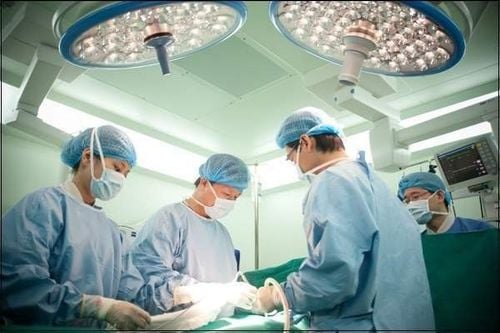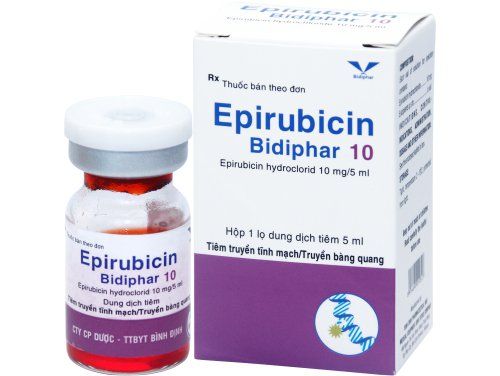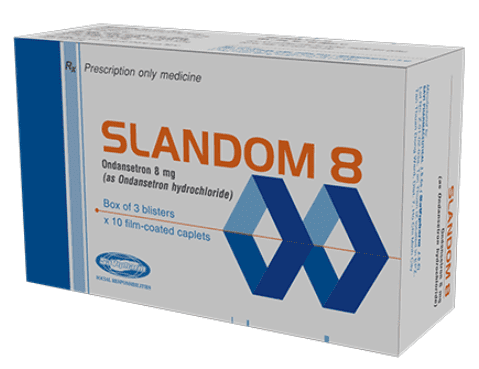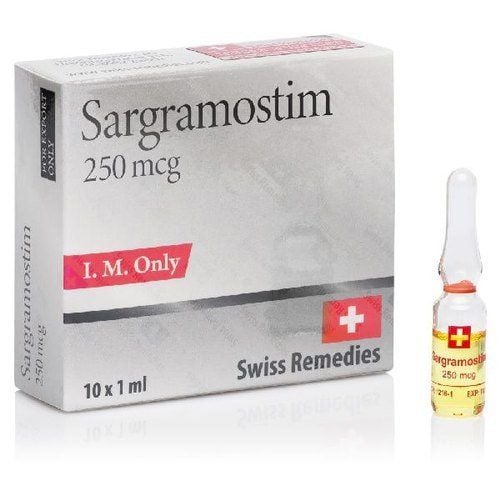This is an automatically translated article.
There are many surgical methods for ductal carcinoma or breast cancer for patients to choose from. The type of surgical treatment will be based on an assessment of the size and stage of the cancer. Ideally, the patient should consult with the doctor to have the most suitable surgical measure for him.
1. An overview of ductal carcinoma (DCIS) and breast cancer
Before learning about surgical options for patients with ductal carcinoma and breast cancer, we need to know the basics about these two cancers. Specifically:
1.1. Milk duct carcinoma (DCIS)
Ductal carcinoma is a condition in which abnormal cells form and grow in the lining of the milk ducts. However, these cells have not spread beyond the ducts to the breast tissue and are not an invasive form of cancer.
In general, the surgical options for ductal carcinoma will be the same as those for invasive cancers. In addition, the surgical approach for DICS will also be based on the level of activity of the abnormal cells and their location in the patient's breast.
1.2. Breast cancer
Breast cancer is a condition in which malignant cells appear in the breast tissue. When a woman is diagnosed with breast cancer, her doctor will order a number of tests to help determine the stage of the cancer. Usually, breast cancer surgery method will be indicated for cases where the tumor in the breast has grown and spread to nearby areas.
To find out which surgical treatment option is right for you, people with DICS and breast cancer should talk to their doctor to get the right advice. Your doctor will help you analyze the pros and cons of surgical methods, thereby making the best treatment option.

Nếu xuất hiện triệu chứng bất thường sau phẫu thuật ung thư biểu mô ống dẫn sữa, bạn nên đến gặp bác sĩ ngay
2. Surgical methods for people with ductal carcinoma and breast cancer
Most women with DICS or breast cancer can choose from one of three surgical options:
Breast reduction surgery, followed by radiation therapy. Breast removal. Mastectomy with breast reconstruction surgery.
2.1. Breast reduction surgery followed by radiation therapy
Breast reduction surgery is usually indicated in cases where only the cancer and some normal tissue around it are removed. In addition, this type of surgery can also remove one or more lymph nodes located under the patient's arm.
Overall, the use of breast reduction surgery to treat breast cancer and DICS can keep a patient's breasts less likely to change after treatment. Therefore, this method is also known by other names such as:
Partial resection of the tumor. Remove the tumor. Breast-conserving surgery. Removal of the breast. After breast reduction surgery, most people with DICS and breast cancer will receive radiation therapy. The main goal of this method is to prevent the cancer from coming back in the same breast that was previously affected. In addition, some women may also need additional chemotherapy, targeted therapy, or hormone therapy, depending on their health status.
2.2. Breast removal surgery
In mastectomy, the doctor will remove the entire breast that has the presence of cancer cells. Currently, the surgical method for ductal carcinoma and breast cancer in this form usually includes 2 main types:
Total mastectomy: The doctor will remove the entire breast of a person with DICS and breast cancer. In addition, this treatment can also remove one or more lymph nodes under the armpit. Radical mastectomy: The doctor removes the entire breast, many axillary lymph nodes, and the lining of the chest muscle. In addition, when treating breast cancer and DICS with surgery, some patients may also need radiation therapy, chemotherapy, or targeted therapy and hormone therapy.
2.3. Mastectomy with breast reconstruction surgery
Women with DICS and breast cancer can have breast reconstruction at the same time as a mastectomy. Usually, this form of breast cancer/DICS surgery will be performed by an experienced esthetician. During surgery, your doctor will use an implant or tissue from another part of your body to create a similar shape to the removed breast. In addition, plastic surgeons can also shape the nipple and areola for the patient. There are currently 2 main types of breast reconstruction surgery, including:
Breast Implant
Breast reconstruction with an implant is usually done in steps. The first step is to enlarge the breast tissue by placing the balloon dilator under the patient's pectoral muscle. Over the course of several weeks, your doctor will add salt water to dilate the device and help stretch the chest muscles and the skin over it. This process helps create a pocket for the implant.
Once the implant has been shaped to the correct size, the doctor will remove the breast tissue expander and place it in an implant containing silicone gel along with saline. This step helps the doctor create a shape that looks like the original removed breast when treating breast cancer and DICS. Although the reconstructed breast is similar in shape to the original breast, the patient will not have sensation because the nerves have been removed during the surgery.
However, the implementation of implants during surgery for ductal carcinoma and breast cancer can cause serious problems such as pain, breast stiffness and infection. Even the implant can be displaced from its original position and rupture. These risks tend to occur soon after surgery or years later.
Tissue flap
In tissue flap surgery, a plastic surgeon creates a new breast from the muscles, skin, and fat of other parts of the patient's body (such as the abdomen, buttocks, and back) . The new breast shape will be permanent for the rest of your life. However, this type of breast cancer surgery and DICS is not indicated for women who are too thin, obese, smoke tobacco, or have other serious health problems.
In general, the wound after tissue flap surgery tends to take longer to heal than with breast implant surgery. In addition, patients may also experience some other problems such as weakness in the part taken to create the tissue flap, infection or difficulty in wound healing after surgery.

Các bác sĩ thực hiện phẫu thuật ung thư biểu mô ống dẫn sữa
3. When can patients return to normal after surgery for breast cancer and DICS?
For breast reduction surgery, people with ductal carcinoma or breast cancer can return to most normal activities within 5 to 10 days. Recovery time is usually longer for a mastectomy, which can last 3 to 4 weeks. If a reconstructive mastectomy is performed, it will take 6 to 8 weeks, or even longer, to fully recover.
If you develop unusual symptoms after surgery for ductal carcinoma or breast cancer, you should see your doctor immediately, including:
Feeling tired and following skin changes during breast reduction surgery and radiation therapy. Body lost balance, neck and shoulder pain after mastectomy. The reconstructed breast becomes hard and painful. Overall, breast cancer can be treated early and the health risks of being treated early are limited. Therefore, to detect the disease, women need to be screened for breast cancer.
Currently, Vinmec International General Hospital has been implementing a Breast Cancer Screening Package for women of different ages. At Vinmec, there is a full range of necessary medical equipment, a system of modern medical machines to perform methods of examination, diagnosis, testing, imaging, and treatment of breast cancer at many stages. paragraph. Accordingly, the breast cancer examination and treatment process at Vinmec is carried out by a team of highly qualified doctors and nurses who have undergone training and are technically certified, able to handle quickly and effectively. . Therefore, when using Vinmec's breast cancer screening and early detection package, customers can detect cancer even when there are no symptoms, providing a much higher chance of definitive treatment. .
Please dial HOTLINE for more information or register for an appointment HERE. Download MyVinmec app to make appointments faster and to manage your bookings easily.
Reference source: cancer













